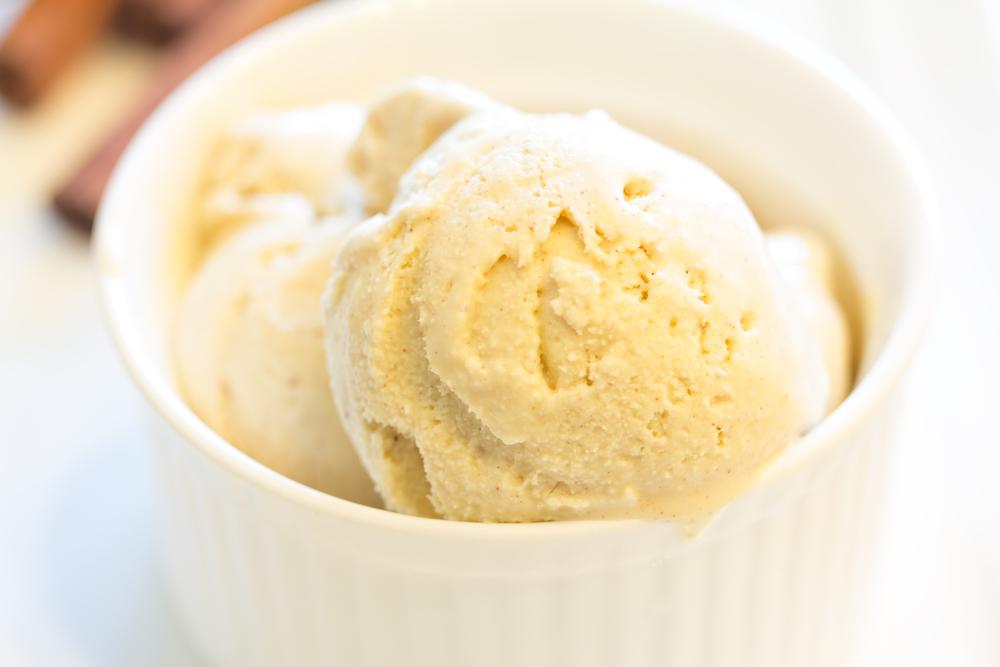Vegetable-flavoured gelatos starring cauliflower and pumpkin have stirred up heated debates this week at Australia and New Zealand’s largest horticulture conference and trade show, Hort Connections, where innovative businesses used foods that would’ve otherwise been thrown away to address food waste.
Three thousand attendees there sampled two flavours that were a harmonious combination of salty and sweet: cauliflower-vanilla bean and pumpkin-ginger bread.





